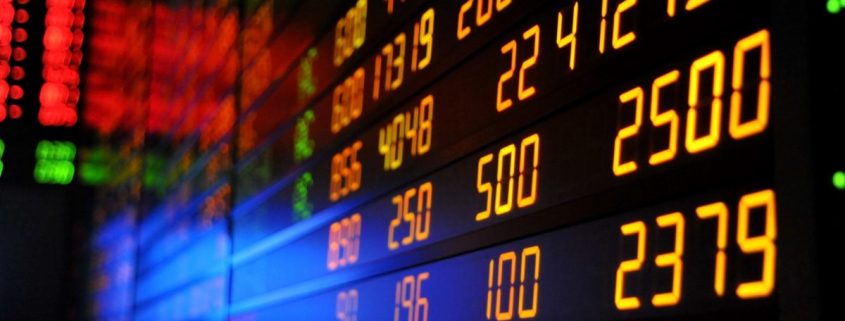Weaker Chinese data; U.S. aluminium sector asks Britain & EU to unite against China
U.S. Representatives
Spokesman of the U.S. aluminum industry are speaking to EU counterparts. They have written to British Prime Minister Theresa May. Asking urgent action against “massive illegal subsidies” in China that bluster Western jobs.
Trade lawyers and some governments accuse China of unfairly subsidizing major industries in breach of the rules of the World Trade Organization (WTO). While China became part of the World Trade Organization in 2001.
Shifting focus to Aluminium
U.S. this year has reversed the focus to aluminum. Following European and U.S. action to protect their steel industries from China speaking about steel and copper of earlier times.
It has lodged a query with the WTO and launched an investigation into whether Chinese imports compromise national security.
“The WTO and U.S. and European leaders must act quickly to ensure a fair playing field.” Michael Bless, CEO CENX.O, told a news conference in London yesterday. China says it supports the work of the WTO.
China says it supports the work of the WTO.
- The aluminum industry, represented by the China Trade Taskforce, has written to May urging her “to actively engage with the WTO on this matter and press for action”.
“A strong WTO that acts swiftly in situations such as this will be a vital part of securing Britain’s post-Brexit future” (Reuters)
The prime minister’s office had no immediate comment.
The industry leaders were also speaking to Brussels officials and to the Russian government. This floated the idea of an OPEC-style body for the aluminum industry.
They could not endorse that, but it was an
“acknowledgement of the severity of the issue”.
China’s Act
When China, the biggest aluminum consumer, joined the WTO it represented just over 10 percent of aluminum production worldwide. Now it is the world leader, accounting for more than 50 percent of global output and China’s Hongqiao has overtaken Russia’s Rusal as the biggest producer, while the U.S. and European sectors have gathered.
Industry body European Aluminium said the number of primary European aluminum smelters fell by nearly 40 percent between 2002 and 2015.
Trade lawyers say the ascendancy of China’s aluminum sector defies commercial logic as it faces higher bills for energy than the U.S. and Europe. It has the biggest input costs.
“China has no natural advantages other than illegal state support,” Alan Price of Washington law firm Wiley Rein said. (Reuters)
Main areas
Century Aluminum, which is majority-owned by Glencore, reported a first-quarter net loss. Part of the justification for the U.S. investigation into whether Chinese aluminum is a threat. It is that Century’s smelter in Kentucky is the only producer of high-purity aluminum required for U.S. combat aircraft.
In Europe, the main concern is how to maintain smelting capacity as part of a strong value chain, creating thousands of indirect jobs, rather than security, European Aluminium said in an email.
EU trade ministers, meeting in Brussels next week, are expected to discuss new rules on dealing with anti-dumping, which are likely to have most impact on Chinese imports.
In conclusion, the idea of OPEC-like association in the Aluminium market would impact prices in a really good way. That would make producers happy. But it will also have a great impact on Chinese economy. Mostly their imports, and also their production.

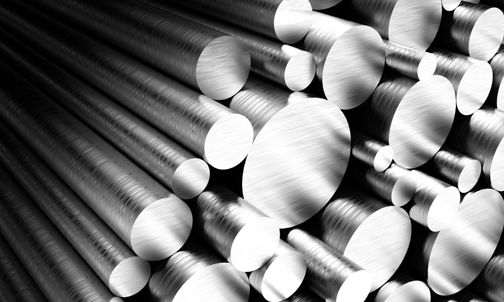
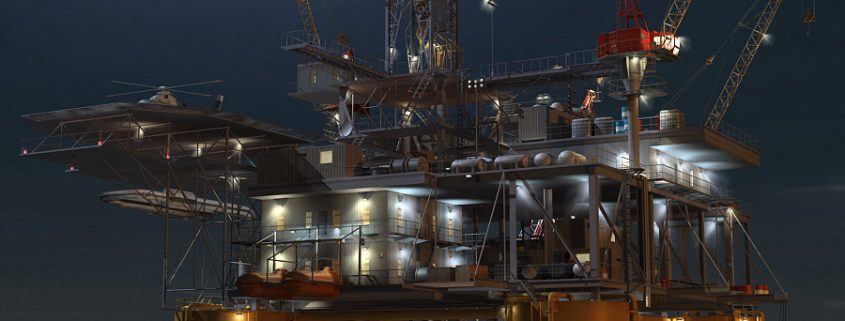




 After suffering a mild downturn in April, copper is facing more headwinds going into May, according to INTL FCStone.
After suffering a mild downturn in April, copper is facing more headwinds going into May, according to INTL FCStone. US total vehicles sales data showed sales were running at an annualised rate of 16.9 million units (mu) in April, which was below an expected 17.1 mu, but above March’s 16.6 mu.
US total vehicles sales data showed sales were running at an annualised rate of 16.9 million units (mu) in April, which was below an expected 17.1 mu, but above March’s 16.6 mu.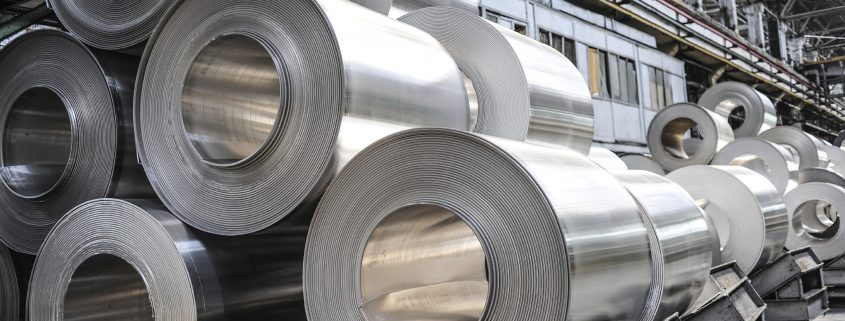


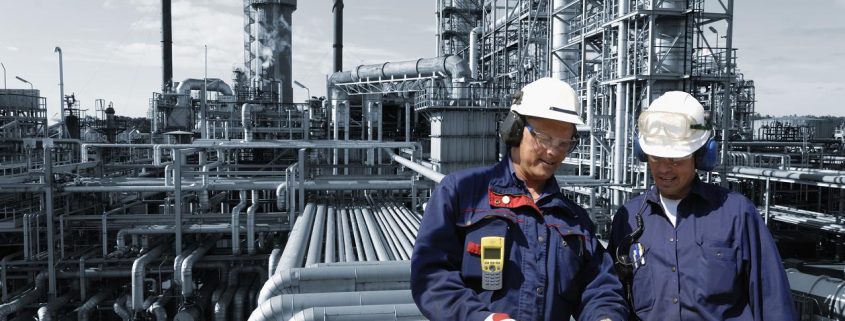


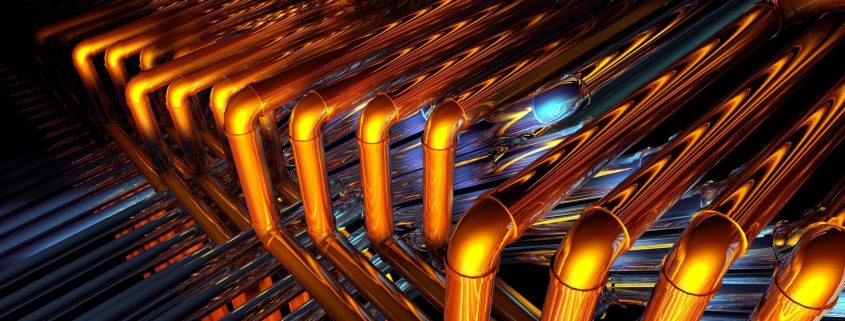






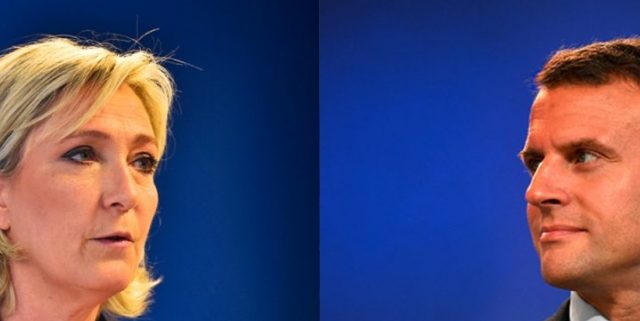
 The candidates of the Socialists and conservative party The Republicans were knocked out in the first round on April 23.
The candidates of the Socialists and conservative party The Republicans were knocked out in the first round on April 23.






